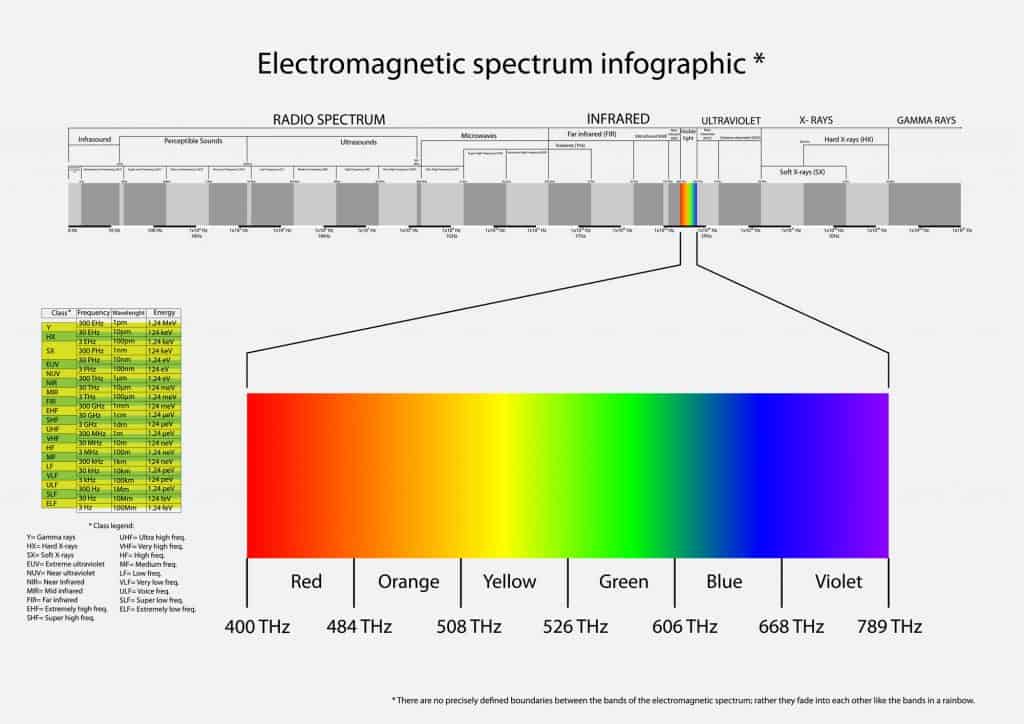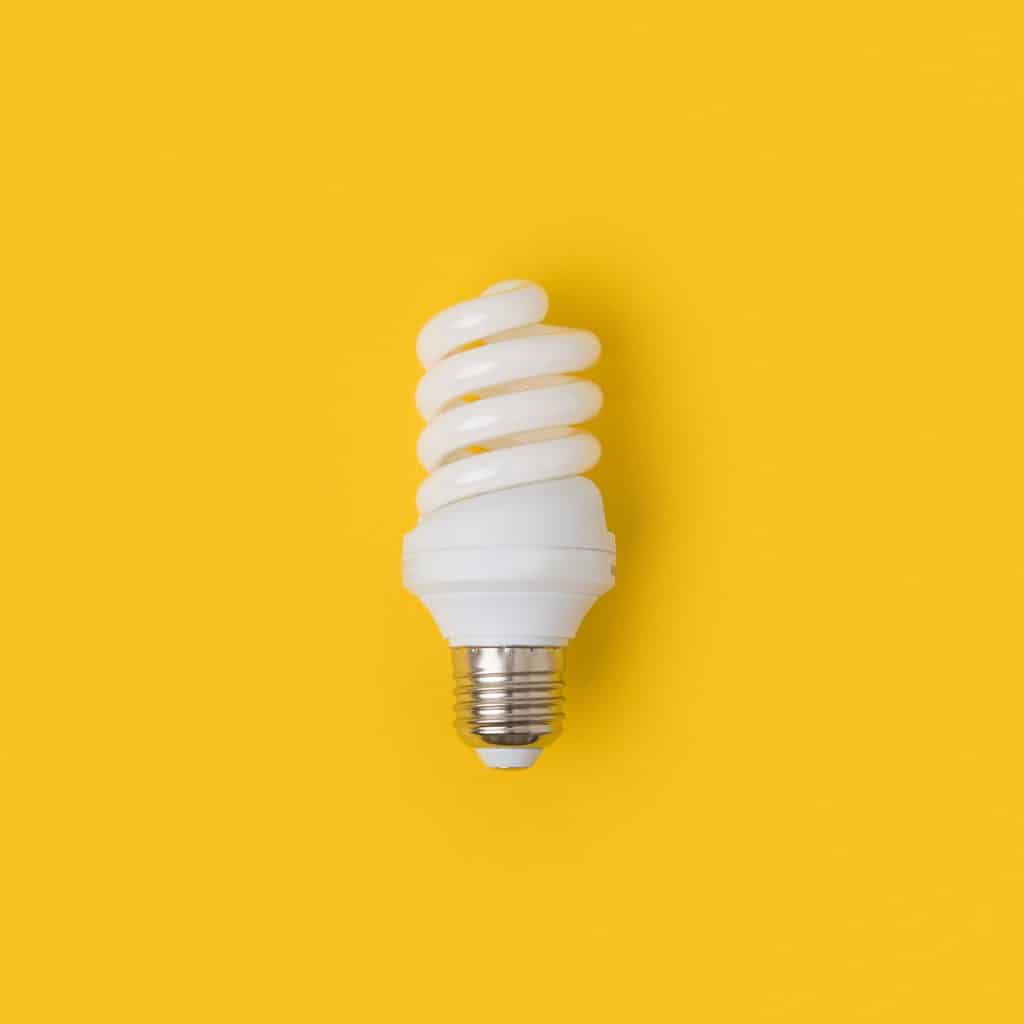Nothing ruins your outdoor space like pesky bugs buzzing around you as you relax in the evening breeze and take in the ambiance of outdoor string lights. You may think the best option may be to purchase and install bug lights or use chemical sprays to ward off these pesky annoyances.
However, what if you could stop the issue at the source? Sure, you need something to illuminate your patio at night — but are there any outdoor string lights that don’t attract bugs?
Generally, outdoor lighting with cooler temperatures will keep the bugs disinterested in you. Insects can see UV, blue, and green lighting better than others on the spectrum, so avoiding those will go a long way to keeping your outdoor space pest-free.
We have rounded up the science of why bugs are attracted to certain string light bulbs, which lights attract bugs, great outdoor lighting options in addition to string lights, and other ways to fix your bug problems.
Read on to discover how to turn your outdoor space into a bug-free oasis.
What the Science Says
While there are many similar-looking lights at your local hardware store, all bulbs are not actually the same. There are quite a few different colors of lights, all placed on the electromagnetic spectrum. Let’s take a look at the visible portion below.

Most insects have a completely different range of sight than human beings. Their sight registers EM waves from approximately 300nm to 650nm. However, their preference is light waves between 300nm to 420nm. This falls firmly into the UV range of light, to which insects are most attracted.
The light color that doesn’t attract bugs
Most modern LED light bulbs exist in the 350nm to 700nm range of lightwaves in visible light. If you’ve seen an LED lightbulb advertised with a specific color temperature, it falls within these lightwaves. However, the light bulb temperature is on a different type of measurement scale.
| Color Temperature | Uses |
|---|---|
| Warm White (up to 2900K) | Like an incandescent bulb, comforting and used for family rooms. |
| Cool White (3000K to 4900K) | Bright; promotes focus and is used in offices and workshops |
| Daylight (5000K and up) | Intense light with bluish tones; mainly used outdoors |
Insects are more attracted to ultraviolet, blue, and green lights — lights that produce a yellow color are shown to attract fewer bugs. To help prevent a large number of insects on your patio, avoid installing cool color temperature lights including blue LEDs and green LEDs.
Bugs are more attracted to UV light, as well as blue and green lights simply due to the fact that they can see this spectrum of colors better. Make no mistake; LED lights attract bugs.
Which light is best to keep bugs away?

Generally, flying insects won’t care about yellow compact fluorescent lights (also known as CFLs). Since yellow lights have longer wavelengths that are outside of a typical bug’s visual range, most insects will simply pass your light on by.
These bulbs can easily replace your patio lights and are relatively inexpensive. If you’re looking for a recommendation for one of these yellow bug lights, there’s this product from Amazon.
Now, we should go ahead and say that this isn’t a panacea. You can’t completely rid insects of your outdoor area by simply using yellow light — you’d have to employ powerful pesticides to do that. But you’re inviting them in when you use light-emitting diode lamps that emit UV light. If it helps, picture yourself rolling out the welcome mat.
Any edge you can find in the fight against troublesome insects is worth exploring. Install those and let us know what you think!
Why are bugs attracted to light?
Most insects are positively phototactic, meaning that they instinctively move toward any given light source. Some (like cockroaches) scurry away from light as quickly as they possibly can — this makes them negatively phototactic. This makes sense, as increased light means that potential predators are able to see you better.
The fact is, scientists aren’t completely sure why bugs are positively phototactic. There are many competing hypotheses, which include mistaking the light source for the moon when navigating and mistaking it for flowers.
Flowers actually reflect ultraviolet light, which the bugs have evolved to be attracted to.
Other ways to fix your bug problem
To help prevent bugs from ruining your outdoor space, there are a number of things you can do that don’t involve light at all. The most impactful of which is simply removing pooling/stagnant water from your yard — especially from the areas in which you spend time. Be sure to check birdbaths, water fountains, and rain barrels.
Some plants will even retain enough sitting water to attract insects. The very common Hosta plants which have large leaves can be an ecosystem for dozens of species. Be sure to plant large-leaved plants further from your patio or outdoor sitting space.
If you’d like to employ outdoor light in a different way, install a blue light bug zapper off of your patio space to help keep bugs from your string lights. The bugs will be more attracted to the blue and green light inside the bug zapper and head in that direction.
As long as you don’t have a fear of flying mammals, consider a bat box. Bats love to eat mosquitos and other annoying pests and will not bother humans.
Finally, if you’ve tried everything and haven’t been able to see any results, try using natural insect repellent for your body or yard bug spray. You can purchase these yourself or hire a professional service to come and do this for you.

Final Thoughts
Outdoor bugs are no fun — but hopefully, now you have a strong sense of why bugs are attracted to your outdoor lights as well as lights you can install that won’t attract them. You have enough knowledge now to sprint into action and do something about it.
Spring and summertime are fleeting, so don’t waste them swatting pests from your face!

![Are There Outdoor Lights That Don’t Attract Bugs? [ANSWERED]](https://captainpatio.com/wp-content/uploads/2022/05/GardenLights-720x405.jpeg)